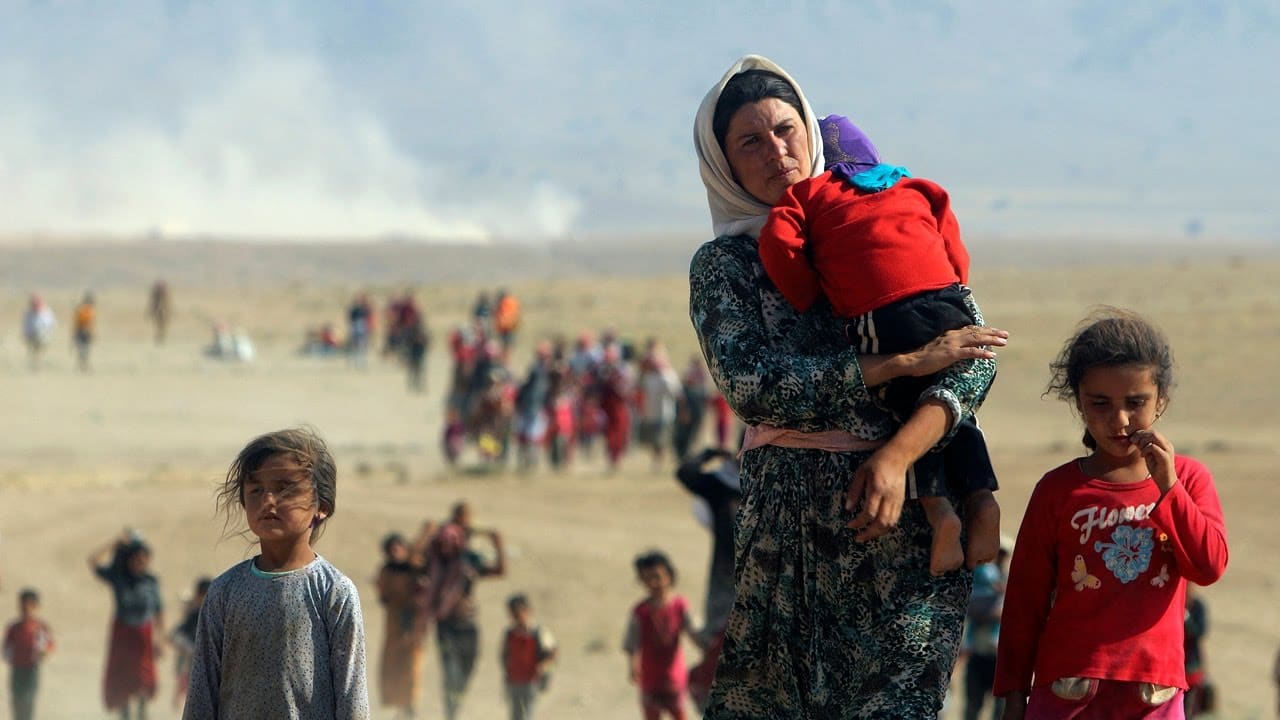
NGOCSTIP – Human trafficking in conflict zones has emerged as a growing concern. It is a brutal reality that affects millions of vulnerable individuals. During wars and crises, trafficking activities intensify, targeting those displaced and desperate. Armed conflicts often disrupt social structures, leaving people vulnerable to exploitation. Human traffickers exploit these vulnerabilities, using deceit and force to capture and exploit victims. This growing trend requires urgent attention and action from international organizations, governments, and humanitarian groups.
Conflicts create instability, and instability fuels human trafficking. In conflict zones, traffickers prey on the most vulnerable populations. Refugees, displaced persons, and children are often the prime targets. These individuals often lack resources and are desperate to find safety. Human traffickers take advantage of this desperation by offering false promises of safety or employment. The chaos and breakdown of law enforcement during wars make it easier for traffickers to operate unnoticed. Vulnerable communities become easy prey for those seeking to exploit them.
Traffickers often target women and children for forced labor and sexual exploitation. These victims are often trapped in situations with no way to escape. In conflict zones, victims are not only subjected to trafficking but also face violence and abuse. They are trafficked for sex, labor, and even for use in combat. Traffickers profit from the suffering of individuals caught in war zones, treating them as commodities.
Efforts to combat human trafficking in conflict zones face numerous challenges. One of the biggest obstacles is the lack of access to affected areas. War often leads to the breakdown of government structures and law enforcement. In many cases, there are no functioning institutions to provide protection to vulnerable populations. International humanitarian organizations struggle to reach displaced people in war-torn regions. The absence of stable governance makes it difficult to track and prevent trafficking operations.
The ongoing violence also complicates efforts to educate vulnerable populations about trafficking risks. Many victims do not recognize the danger until it is too late. In conflict zones, individuals often do not have access to education or information about their rights. This lack of awareness increases the likelihood of falling prey to traffickers. Refugees and displaced persons are often more concerned with survival, which makes them an easy target.
“Read more: Trapped and Freed: The Rescue Story of Leah from Human Trafficking”
The international community has recognized the growing threat of human trafficking in conflict zones. Several organizations have taken steps to address this issue. The United Nations (UN) has launched initiatives to combat trafficking in conflict areas. Human trafficking is often included in peacekeeping missions and humanitarian aid efforts. These missions aim to protect civilians and prevent the exploitation of displaced populations.
However, the response has not always been sufficient. In many conflict zones, efforts to combat trafficking face significant challenges. Corruption and political instability often undermine these efforts. In some cases, local authorities may even become complicit in trafficking operations. Moreover, the involvement of armed groups in trafficking further complicates the situation. Consequently, efforts to curb trafficking in these areas require more than just enforcement. Long-term solutions must focus on addressing the root causes of trafficking, such as poverty, lack of education, and violence. Additionally, international collaboration and sustained commitment from all parties are essential to making meaningful progress.
Technology plays a crucial role in combating human trafficking in conflict zones. Digital tools help track the movement of displaced persons and identify potential trafficking routes. Traffickers increasingly use social media and online platforms, making this a growing threat. Technology can also raise awareness and educate vulnerable populations about the risks they face. Human trafficking organizations now employ tech-driven methods, operating in more sophisticated ways than ever. Consequently, it is essential to deploy innovative technologies to combat trafficking effectively. Tracking traffickers’ online activities and using surveillance systems serve as key steps in reducing human trafficking. Furthermore, collaboration with tech companies helps to develop solutions that can directly disrupt trafficking networks.
Addressing human trafficking in conflict zones requires not only prevention but also survivor support. Victims of trafficking often face long-term physical and psychological effects. They need access to healthcare, legal assistance, and psychological counseling. Rehabilitation programs play an important role in helping survivors reintegrate into society. These programs must be tailored to the specific needs of survivors in conflict zones. Providing shelter, education, and economic opportunities is crucial for their recovery. International organizations work to ensure that survivors have the support they need to rebuild their lives.